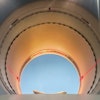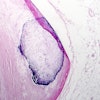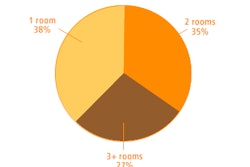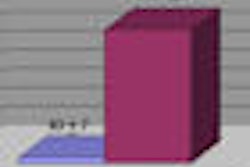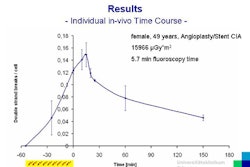Dear Cardiac Imaging Insider,
The debate over healthcare reform begins in earnest as U.S. President Barack Obama stumps for his brand of change before a skeptical American Medical Association today.
Within the larger battle, a smaller but quite important one over coronary CT angiography (CTA) is unfolding, fueled by evidence on the one hand, politics on the other, and concepts such as comparative cost-effectiveness playing the role of wild card.
How the issues are defined and who shapes the debate will be key to the outcome, according to Dr. Tony DeFrance, a cardiologist and CTA advocate who talked politics at the recent International Symposium on Multidetector-Row CT in San Francisco.
Forewarned is forearmed, so you're invited to wade in the waters of appropriateness yourself in this issue's Cardiac Imaging Insider, brought to you in advance of its publication on our general site.
Hot off the press from Toronto, staff writer Wayne Forrest reports from the SNM meeting on a hybrid cardiac imaging method that combines coronary CT with SPECT to predict clinically important lesions. The Swiss researchers not only found the relevant lesions, they reduced the dose via a stress-only SPECT protocol.
German researchers reached a similar conclusion in their bid to speed up MR perfusion exams using a stress-only protocol.
In other MR perfusion news, two studies in this month's American Journal of Roentgenology used new techniques to improve their results. In the Journal of the American College of Cardiology, researchers used T2-weighted short tau inversion recovery (T2-STIR) to identify myocardium at risk up to one week after opening of an occluded coronary artery.
On the SPECT myocardial perfusion imaging side, a coalition of heart groups has released new guidelines for use of the modality with important new recommendations.
In echocardiography, the rehabilitation of ultrasound contrast agents as a safe product is being advanced in a host of noncardiac applications, according to a story by staff writer Erik L. Ridley.
In cardiac CT, doses for the triple-rule out scan are being lowered with the use of prospective gating, just as they are in coronary CTA, according to researchers from Seattle. And in Michigan, the first statewide program to lower coronary CTA doses through a comprehensive dose-reduction program are bearing fruit.
Be sure to scroll down for more breaking heart news -- where else but in your Cardiac Imaging Digital Community?
